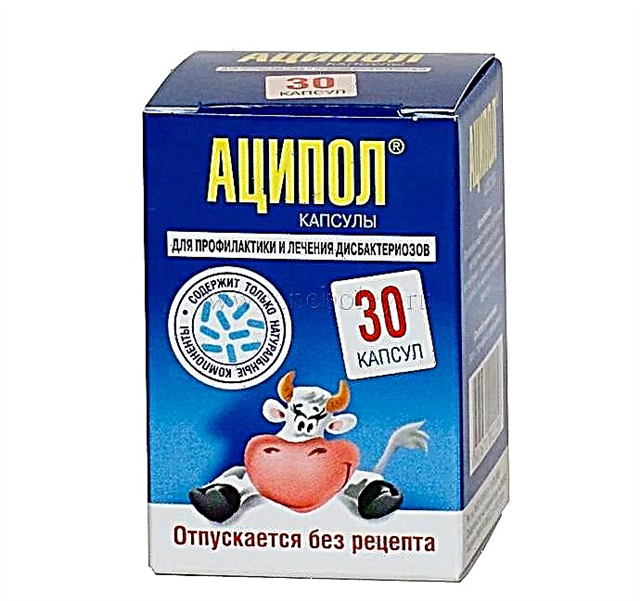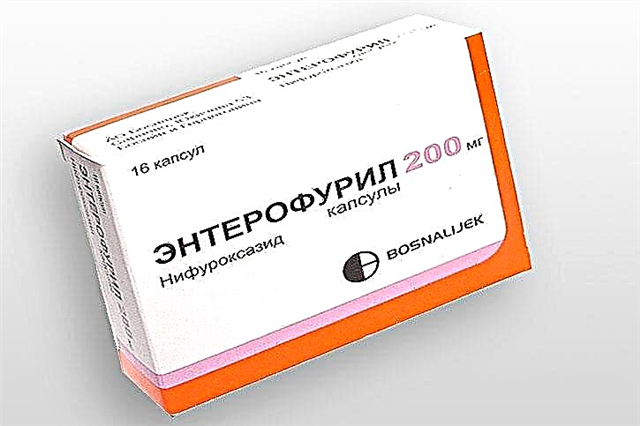In most cases, teething symptoms begin to appear at five to six months. It happens that this process begins much earlier. When the baby behaves restlessly, his appetite disappears, parents begin to think whether babies can cut their teeth at 3 months, or this behavior is caused by other factors. Here you need to understand that all babies develop according to an individual schedule, and this situation is quite likely.

The child has two teeth visible
What to expect when teething
Symptoms of teething of milk teeth in babies at 3 months can be as follows:
- The gums are inflamed and swollen;
- The child begins to drool strongly;
- The kid pulls into his mouth everything that comes to his hand;
- The crumbs lose their appetite;
- The baby's sleep becomes superficial, he often wakes up in a bad mood and cries loudly.
How to understand that a child's teeth are teething at 3 months? The baby is often capricious, looks overexcited, constantly asks for pens, attracts attention. In addition, he has a negative reaction to harsh sound and bright lighting. Frequent mood swings can also be observed.
Signs of teething in babies 3 months old may be those that look like a cold or a failure in the digestive system. The baby may develop snot and cough, and the temperature will rise. You can also observe profuse regurgitation, hard or loose stools, rashes on the cheeks.
Note! Not all signs appear at the same time. One child may have a fever, or the stool may be disturbed, while the other may simply have increased salivation.

Baby crying
Decreased immunity
When teeth appear in babies, immunity decreases. Children become weaker and more susceptible to the effects of various microbes and pathogenic bacteria. Excessive saliva can cause coughing. In this case, it will be wet, not very frequent, it can intensify when the baby is lying. If the cough is strong, obsessive, because of it, the baby does not sleep well and eats, most likely, an infection has entered the small body.
Important! With shortness of breath and the appearance of shortness of breath, it is urgent to show the baby to the doctor.
With the appearance of teeth, infants often have nasal discharge, which disappears in 3-4 days. Normally, they are transparent, liquid. When ingested, infections turn yellow or green in color.
A slight increase in body temperature (up to 37-37.5 degrees) is normal. It is easy to knock it down with any antipyretic agent, it will return to normal on the third day. With acute respiratory infections, the temperature rises to 38.5 degrees and lasts longer.
In addition to a decrease in immunity, alarming symptoms may appear that require urgent intervention:
- The child completely refuses to eat (has not eaten for more than 12 hours);
- The baby has persistent diarrhea, which may be due to an intestinal infection;
- Clots of blood and mucus are found in the stool;
- The baby cries very loudly for more than two hours.

If nasal discharge appears, rinse the nasal passages
Timing and sequence
All children have teeth according to their own individual schedule. If parents are concerned about the question of whether an infant can have teeth cut at 3 months, then the answer can be affirmative. In a large number of children, the first teeth can be seen at 6 months. It so happens that they start coming out very early (at 3 months) or late (at 10-12 months).
Additional Information. If the baby is already one year old, and he still does not have a single tooth, it is necessary to contact the pediatrician. You may also need to consult a dentist to determine the presence of developmental pathology.
Standard scheme for the eruption of milk teeth in the lower jaw
| Teeth name | Timing of eruption |
|---|---|
| Central incisors | 8-12 months |
| Lateral incisors | 9-13 months |
| First molars | 13-19 months |
| Fangs | 16-22 months |
| Second molars | 2-3 years |
Standard scheme of eruption of milk teeth in the upper jaw
| Teeth name | Timing of eruption |
|---|---|
| Central incisors | 6-10 months |
| Lateral incisors | 10-16 months |
| First molars | 1.5-2 years |
| Fangs | 1.5 years |
| Second molars | 2-3 years |
Additional Information. If the first teeth are cut in babies at 3 months, then these should be the front incisors. If molars appeared first, a consultation with a dentist is necessary to find out if there are any pathologies.

First teeth
If teeth are erupting late
Often inexperienced parents, noticing the signs of the appearance of the first dental units in an infant, begin to worry about whether an infant can cut teeth at 3 months. Also, many moms and dads are worried that their 6-month-old baby does not yet have a single tooth.
Teething in a newborn is influenced by factors such as:
- Development of rickets;
- Weakening of immunity;
- Failure of the endocrine system;
- Unbalanced nutrition, late feeding;
- Prematurity;
- Insufficient amount of calcium in the body;
- Problems in the work of the digestive tract;
- The rudiments of milk teeth are missing.

Baby with teething
How to relieve the condition of a baby
Parents should know how to understand that a baby's teeth are climbing for 3 months, and help him easily endure this process. High fever can be brought down with antipyretic drugs. Frequent breast sucking and carrying it in your arms will also help. Another good way to relieve pain in the gums is to spread them with a special pain relieving gel. To distract the baby, you can read him a book or show him a cartoon.
When the baby's gums itch, and he pulls everything into his mouth to scratch them, it is worth offering the baby a chilled teether with gel. Instead of toys, you can give your baby chilled apple or carrot pieces.
Important! It is worth watching carefully so that the baby does not accidentally bite off a piece and choke on it.

Baby chews on teether
Problems with the first teeth
The baby's first teeth may turn gray. This happens if the mother took iron supplements during pregnancy. It may also be due to the fact that the child has chronic inflammatory diseases in the body. It happens that milk teeth turn yellow-brown. This happens after a mother or child has taken antibiotics.
If the teeth have acquired a yellow-green color, it is worth conducting a blood test, as its diseases are possible. Due to congenital disorders in the exchange of porphyrin pigment, a child's teeth may turn red.
Factors affecting tooth growth
Whether a child's first teeth can erupt at 3 months can be influenced by such factors:
- Baby genotype;
- Correct functioning of the thyroid gland;
- Floor;
- Postponed severe infectious and viral diseases;
- Duration of breastfeeding;
- The presence of congenital diseases.
According to many dentists, the fact that the first teeth appear in a child at 3 months is normal. If they came out earlier, this already indicates an imbalance of hormones in the baby's body and requires adjustment.



